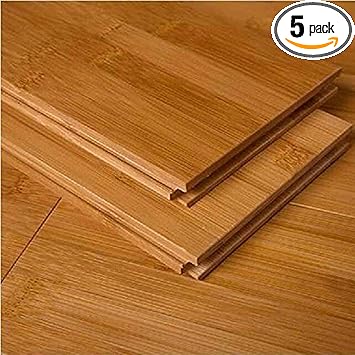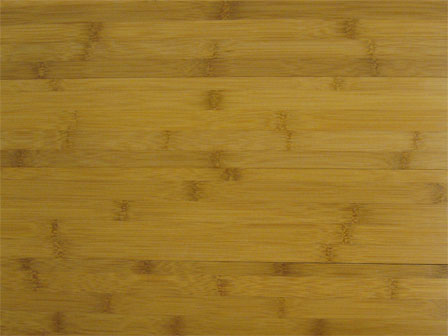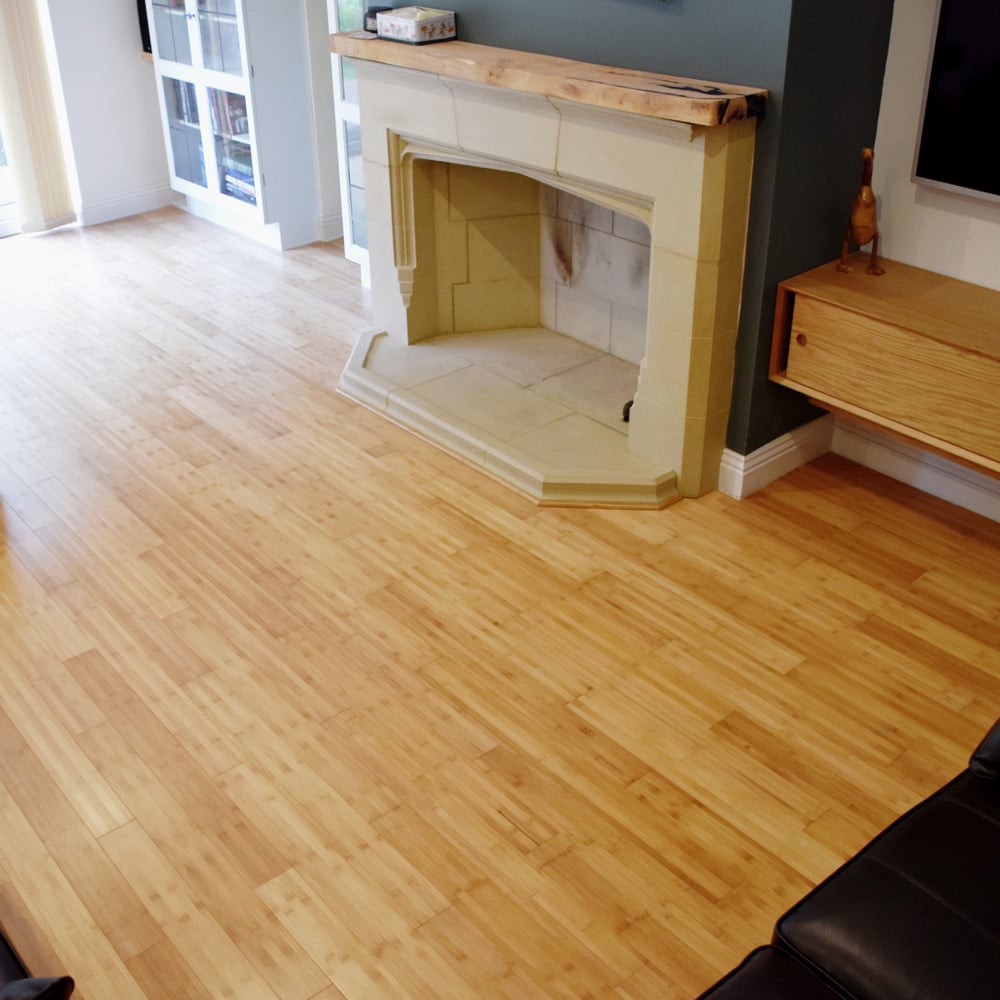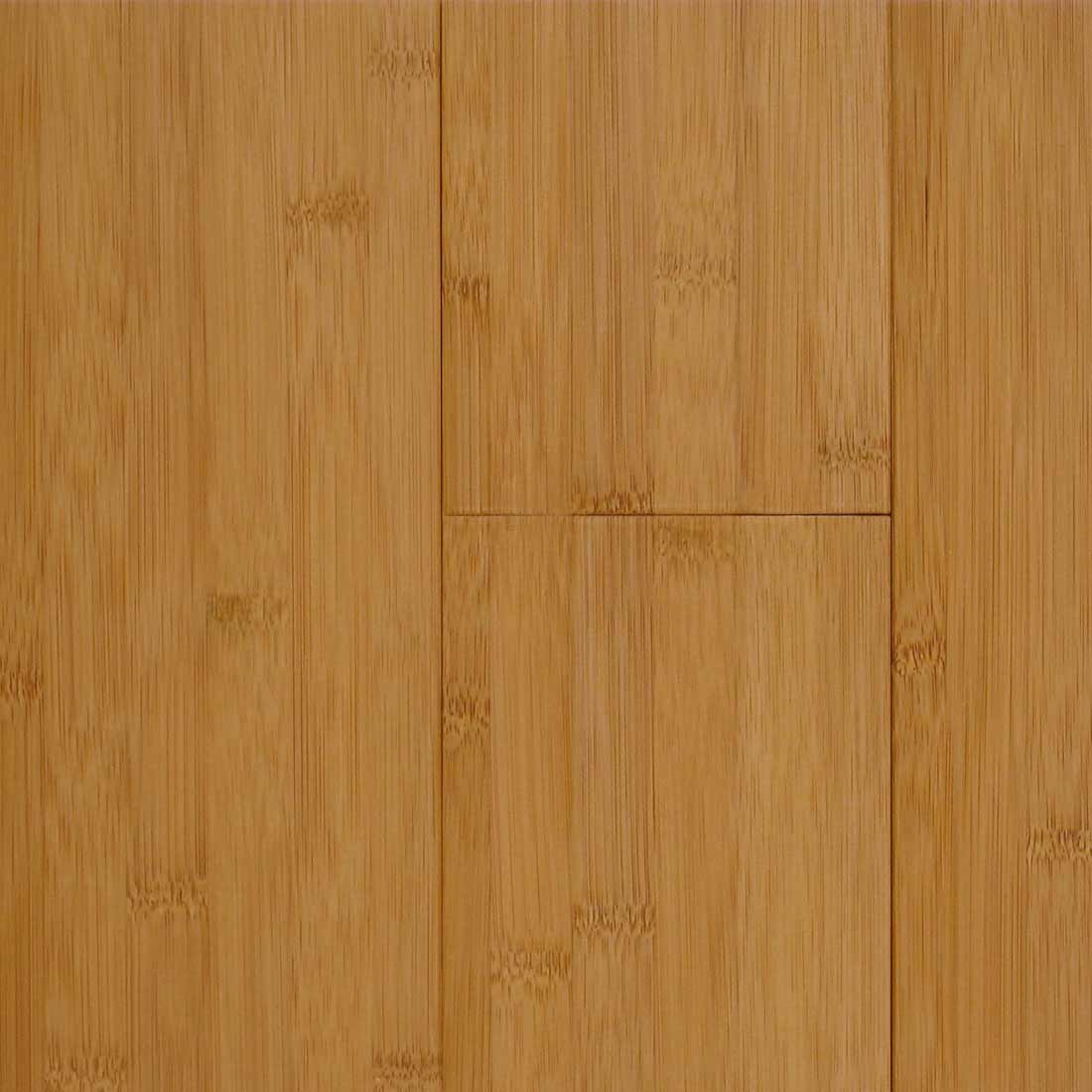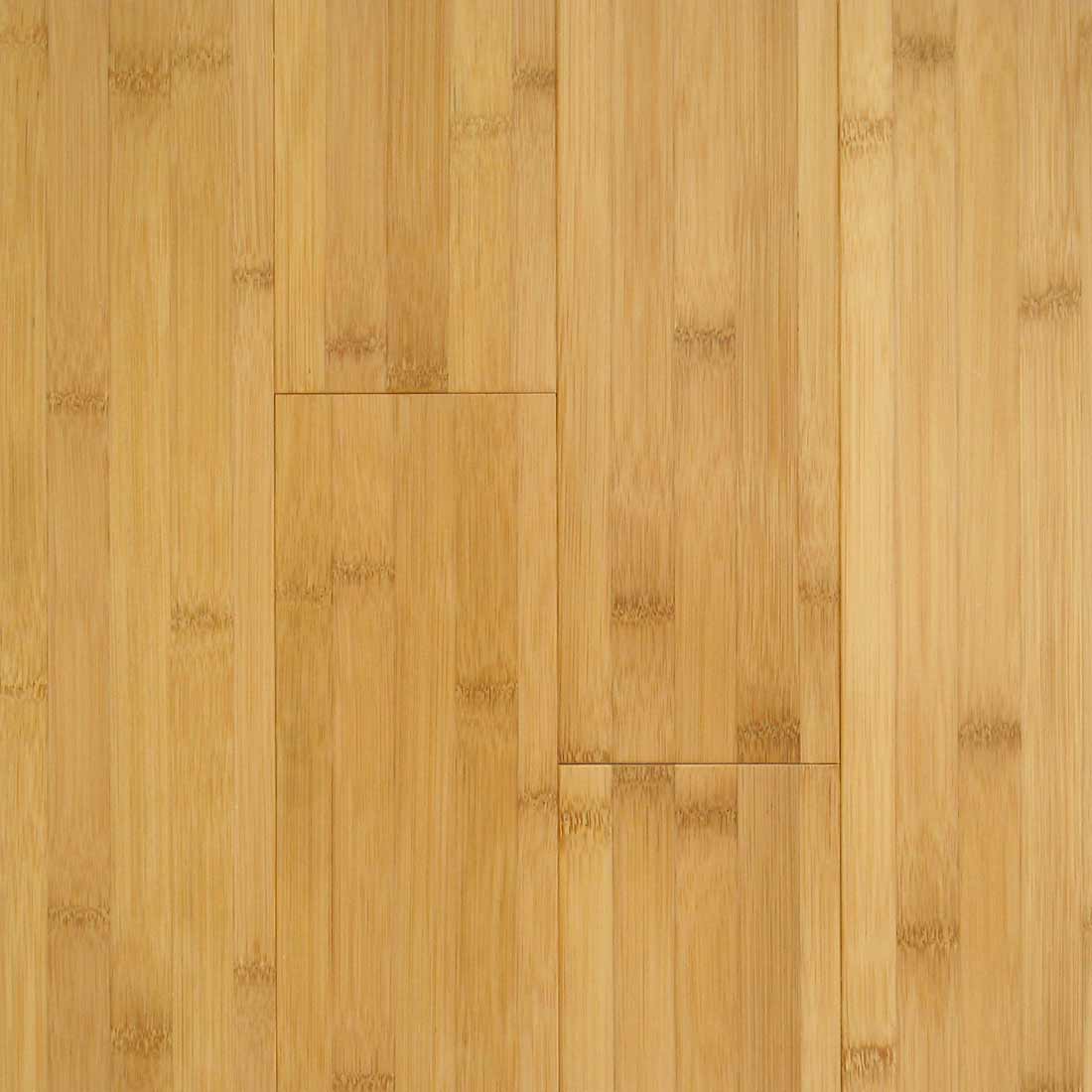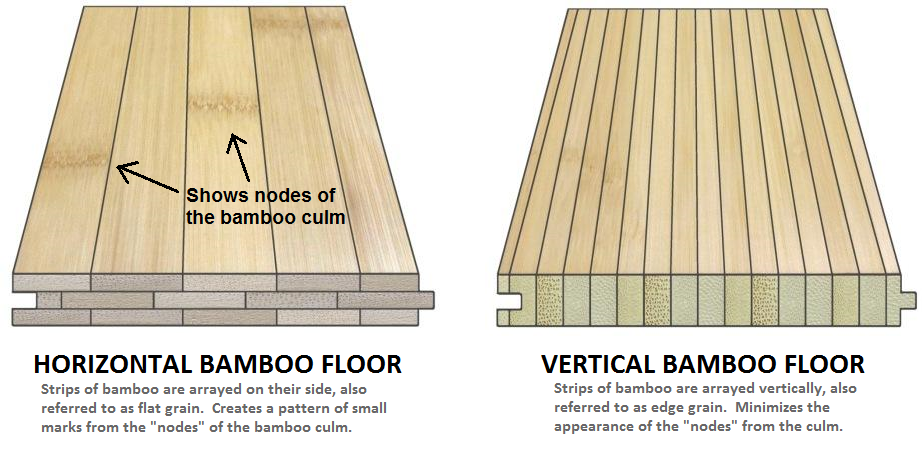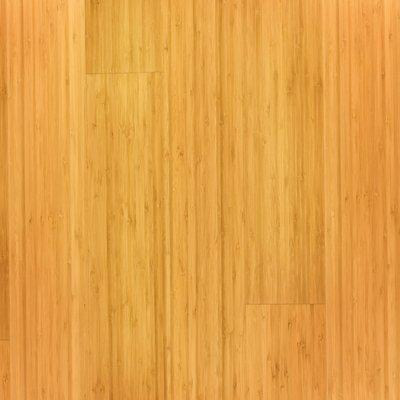Introduction to Carbonized Horizontal Bamboo Flooring
Carbonized horizontal bamboo flooring is a type of flooring that is becoming increasingly popular due to its unique characteristics and environmental benefits. Bamboo is a fast-growing grass that can be harvested in as little as five years, making it a highly sustainable material for flooring. Carbonization is a process that involves heating the bamboo strips to a high temperature, which gives them a darker color and enhances their durability.
One of the main advantages of carbonized horizontal bamboo flooring is its aesthetic appeal. The dark, rich color adds warmth and elegance to any space, making it a popular choice for both residential and commercial settings. Additionally, the horizontal grain pattern creates a visually appealing look that adds texture and depth to the flooring.
In addition to its visual appeal, carbonized horizontal bamboo flooring also offers several practical benefits. The carbonization process makes the bamboo more resistant to moisture and pests, making it a durable and long-lasting flooring option. It is also less prone to warping and buckling compared to other types of hardwood flooring.
Another advantage of carbonized horizontal bamboo flooring is its easy installation process. It can be installed using a variety of methods, including floating, stapling, or gluing, making it a versatile option for different types of subfloors. Additionally, bamboo flooring is compatible with underfloor heating systems, adding further comfort and warmth to the space.
From an environmental standpoint, carbonized horizontal bamboo flooring is an excellent choice. Bamboo is a highly renewable resource, with bamboo forests able to regenerate within a few years. It also requires minimal water and pesticides to grow, making it a more sustainable alternative to traditional hardwood flooring options.
Carbonized horizontal bamboo flooring offers a unique combination of aesthetic appeal, durability, and environmental benefits. Its dark color and horizontal grain pattern add elegance to any space, while its resistance to moisture and pests make it a practical choice for both residential and commercial settings. With its easy installation process and compatibility with underfloor heating, it is a versatile flooring option.
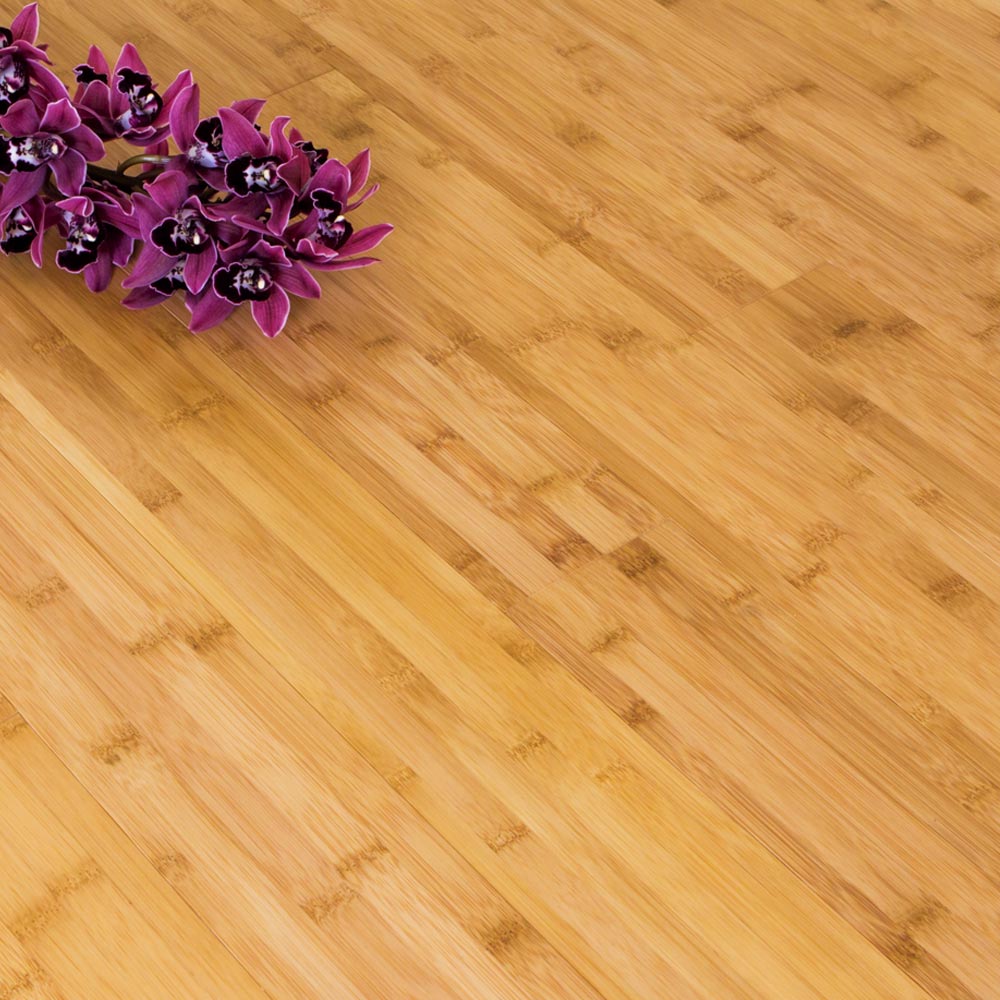
Benefits of Carbonized Horizontal Bamboo Flooring
- Enhanced Aesthetic Appeal: Carbonized horizontal bamboo flooring offers a distinct and elegant look to any space. The carbonization process darkens the natural color of bamboo, giving it a warm, rich tone that adds a touch of sophistication to the room. This flooring option can complement various interior styles, ranging from traditional to contemporary.
- Durability and Strength: Bamboo flooring is renowned for its exceptional durability and strength, and carbonized horizontal bamboo flooring is no exception. The carbonization process does not compromise the integrity of the bamboo fibers, making it a reliable choice for high-traffic areas. It can withstand heavy furniture, foot traffic, and the general wear and tear of daily life, ensuring longevity and sustainability.
- Eco-Friendly Choice: Bamboo is a highly sustainable material, known for its rapid growth and renewable nature. Carbonized horizontal bamboo flooring is an environmentally friendly option as it is made from natural bamboo, which does not require the cutting down of trees. By choosing this flooring type, you contribute to the preservation of forests and minimize your carbon footprint.
- Easy Maintenance: Carbonized horizontal bamboo flooring is relatively easy to maintain, making it an ideal choice for busy households or commercial spaces. Regular sweeping or vacuuming, along with occasional damp mopping, is sufficient to keep the floor clean and free from dust or debris. Additionally, bamboo flooring is resistant to stains and scratches, reducing the need for frequent repairs or refinishing.
- Hypoallergenic: For individuals with allergies or respiratory sensitivities, carbonized horizontal bamboo flooring is an excellent option. Unlike carpets or some hardwoods, bamboo flooring does not harbor dust mites, pollen, or other allergens, ensuring a healthier indoor environment. This flooring type also resists the growth of mold and mildew, promoting better indoor air quality.
- Cost-Effective: Carbonized horizontal bamboo flooring offers a cost-effective alternative to traditional hardwood flooring options. It is generally more affordable than hardwood floors, allowing you to achieve a similar aesthetic while staying within budget. Furthermore, the durability and longevity of bamboo flooring ensure that you won’t have to replace it frequently, saving you money in the long run.
- Versatile Installation: Carbonized horizontal bamboo flooring can be installed in various ways, such as nail-down, glue-down, or floating installations. This versatility allows for flexibility in different spaces and subfloor conditions.
How to Install Carbonized Horizontal Bamboo Flooring
Installing carbonized horizontal bamboo flooring can be a great way to add a touch of elegance and sustainability to your home. This type of flooring is known for its durability and unique aesthetic appeal. If you are considering installing carbonized horizontal bamboo flooring in your home, follow these steps to ensure a successful installation process.
1. Prepare the Subfloor:
Before you begin the installation process, it is important to prepare the subfloor. Make sure it is clean, dry, and level. Remove any existing flooring and ensure that the subfloor is free of any debris or imperfections that could affect the installation.
2. Acclimate the Flooring:
Bamboo flooring is sensitive to changes in temperature and humidity. It is crucial to acclimate the flooring to the environment in which it will be installed. Leave the flooring in its packaging in the room where it will be installed for at least 72 hours. This will allow the bamboo to adjust to the temperature and humidity of the room, minimizing the risk of warping or shrinking after installation.
3. Install a Moisture Barrier:
To protect the bamboo flooring from moisture and prevent any potential damage, it is recommended to install a moisture barrier. This can be a plastic sheeting or an underlayment specifically designed for bamboo flooring. Lay the moisture barrier over the subfloor, ensuring that it covers the entire area.
4. Lay the First Row:
Start by laying the first row of bamboo flooring along the longest wall in the room. Place spacers between the flooring and the wall to allow for expansion. Use a pneumatic flooring nailer or a nail gun to secure the bamboo flooring to the subfloor. Make sure the nails are driven at an angle to avoid splitting the bamboo.
5. Continue with the Remaining Rows:
Once the first row is securely in place, continue installing the remaining rows of bamboo flooring. Use a rubber mallet to tap the boards together, ensuring a tight fit. Remember to use spacers between each row to maintain proper expansion space.
6. Trim and Finish:
Once all the flooring is installed, trim the excess length of the last row to fit against the wall. Use a table saw or a circular saw to make the necessary cuts. Finally, install baseboards or molding to cover the expansion gap and provide a finished look to your carbonized horizontal bamboo flooring.
Maintenance and Care Tips
1. Regular Cleaning:
To maintain the beauty and longevity of your carbonized horizontal bamboo flooring, regular cleaning is essential. Sweep or vacuum the floor regularly to remove dirt, dust, and debris. Avoid using vacuums with beater bars as they can cause scratches. Use a soft-bristle broom or a microfiber mop for effective cleaning.
2. Avoid Moisture:
While bamboo flooring is more resistant to moisture compared to hardwood, it is still important to prevent excessive moisture exposure. Use mats or rugs in areas prone to moisture, such as near entryways or in kitchens and bathrooms. Immediately wipe up any spills to prevent water from seeping into the bamboo and causing damage.
3. Furniture Pads:
To prevent scratches and dents, place furniture pads or felt protectors under the legs of your furniture. This will help distribute the weight evenly and protect the bamboo flooring from any potential damage.
4. Avoid High Heels and Pets’ Claws:
High heels and pets’ claws can leave unsightly scratches on bamboo flooring. Encourage guests to remove high heels or provide them with protective shoe covers. Keep pets’ nails trimmed regularly to minimize the risk of scratches.
5. Use Protective Mats:
Place protective mats or rugs in high-traffic areas or under chairs and tables to protect the bamboo flooring from wear and tear. This will help prevent scratches, scuffs, and indentations caused by heavy furniture or foot traffic.
6. Avoid Direct Sunlight:
Excessive exposure to direct sunlight can cause fading and discoloration of bamboo flooring. Use curtains or blinds to minimize the amount of sunlight hitting the floor. Alternatively, consider using UV-protective window films to reduce UV damage.
7. Avoid Harsh Chemicals:
When cleaning bamboo flooring, avoid using harsh chemicals, abrasive cleaners, or wax-based products. These can damage the finish and compromise the integrity of the bamboo. Instead, use a pH-neutral cleaner specifically designed for bamboo or hardwood floors.
8. Regular Maintenance:
Periodically inspect your carbonized horizontal bamboo flooring for any signs of damage or wear. If you notice any scratches, dents, or discoloration, take prompt action to prevent further damage. Depending on the wear and tear, you may need to reapply a protective finish or consider refinishing the floor.
Solid Carbonised Horizontal Bamboo Flooring 2.21m²
Distress Carbonized Horizontal Hawa Bamboo Flooring – Custom Wood
Carbonized Horizontal Matte Hawa Bamboo Flooring – Custom Wood
Solid Bamboo Flooring, Horizontal u0026 Vertical Bamboo Flooring
Bamboo Collection
20 Cartons of 621.80SQFT AMERIQUE Prefinished Engineered Bamboo Floor Glueless CLICK Horizontal Carbonized, Premium Grade, 7-1/2″ X 9/16″ X 74-3/4″
Gala Bamboo Flooring Concord CA San Ramon
Related Posts:
